 |
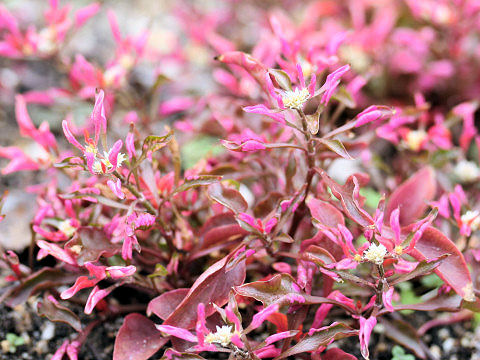

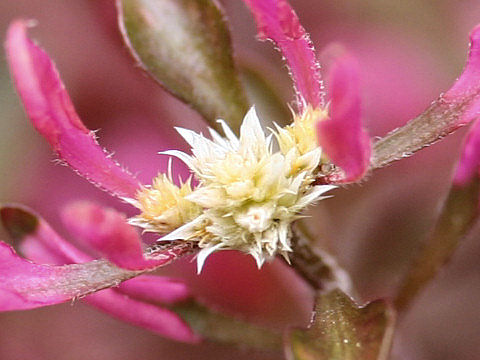

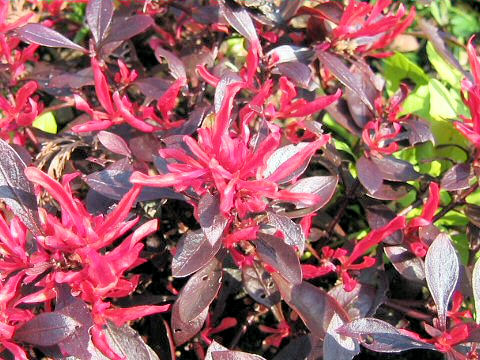

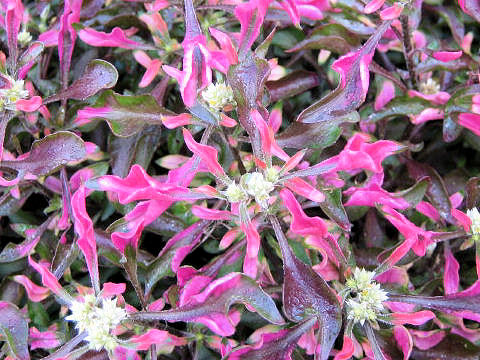

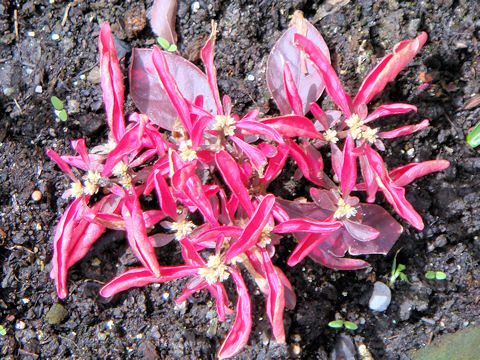

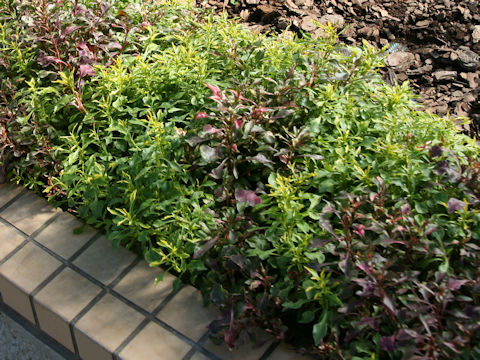

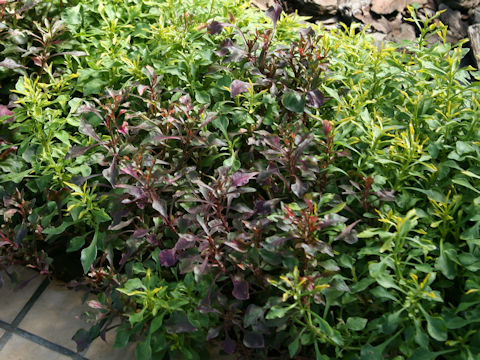

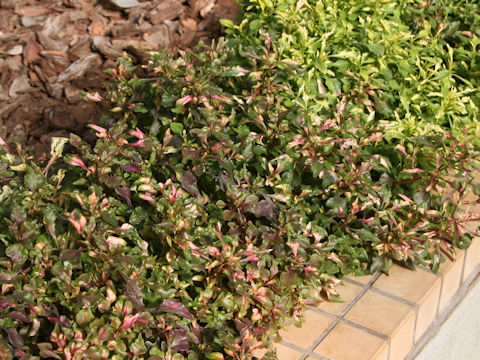

|

|
LVR©çìAJª´YÅ·BíªÖ;¡ãÉnµÜµ½B³ÍQO`ROZ`ÙÇÉÈèAtÌFÉÍ©Fn©çÔFnÈǪ èÜ·BÄ©çHÉ©¯ÄAÔÙÌÈ¢Ú§½È¢Ôð穹ܷBʼÅueZvÆ©uAeievÆàÄÎêÜ·BbSA¨ibS^õ¬ðs¤A¨jÅ·B
|

|
qÈcmQCgE®Ì½NÅAw¼Í Alternanthera bettzickianaBp¼Í Joseph's coatB
|

|
The Joseph's coat (Alternanthera bettzickiana) belongs to Amaranthaceae (the Amaranth family). It is a perennial herb that is native to Mexico through South America. It was introduced into Japan in the Meiji Era (1868-1912). This herb can reach 20-30 cm in height and the leaves are yellow to red color. The flowers are inconspicuous, non-petaled and appear from summer to fall. It is a C4 plant (Plants with C4-type photosynthesis).
|

|
[ãEP] s{¸Ø¬uÔóÔ¯¢ÍñÈvÉÄA2005N1114úBeB
[Q] ¤m§¼Ã®sçíæuRA¨vÉÄA2004N1121úBeB
[R] I[XgAEVhj[s`F[ubNÉÄA2006N0522úBeB(photo by Yumi Gunji)
[S] XCXExBOfgÉÄA2008N0618úBeB(photo by Jouette Travis)
[T`UEº] ïé§
Ësu
ËsA¨övÉÄA2024N1130úBeB
|









